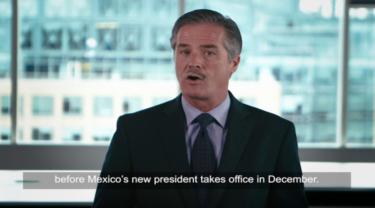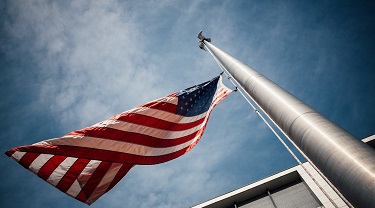What happens next depends on a variety of factors. If all three sides can reach a deal in September, the text of a new trilateral agreement could be published. This would leave a 60-day window before formal signatures that could come as early as the end of November.
Note that these signatures don’t end the process. The countries still have to pass legislation to bring the agreement to life.
For example, in March 2018, Canada and 10 other Pacific Rim countries signed the Comprehensive and Progressive Agreement for Trans-Pacific Partnership (CPTPP). However, since this deal hasn’t been ratified by several signatories, it’s not yet in force.
For NAFTA, the political context may change. A new Mexican president takes over on December 1, 2018 and a new U.S. Congress begins in January 2019.
In the meantime, until it is updated or repealed, NAFTA 1.0 remains in force. Even if a new NAFTA is formally agreed to soon, new rules won’t come into effect this year. It could be 2019, or later, depending on demands of lawmakers in the three countries.


